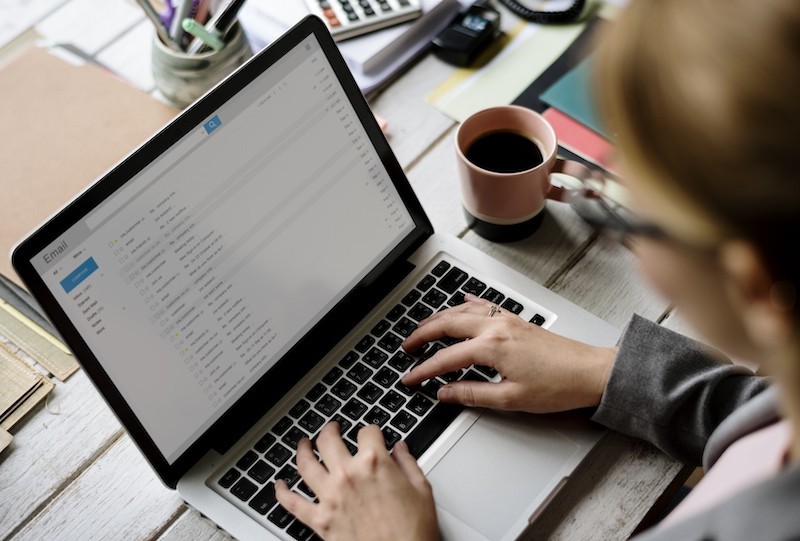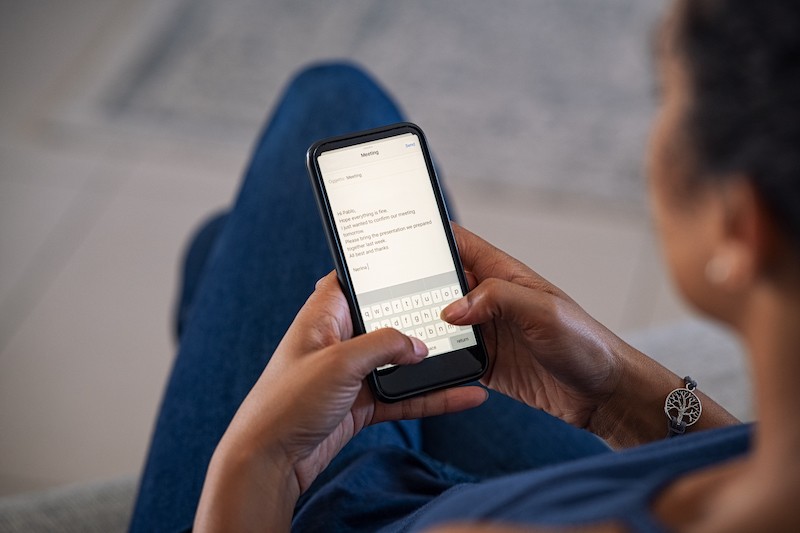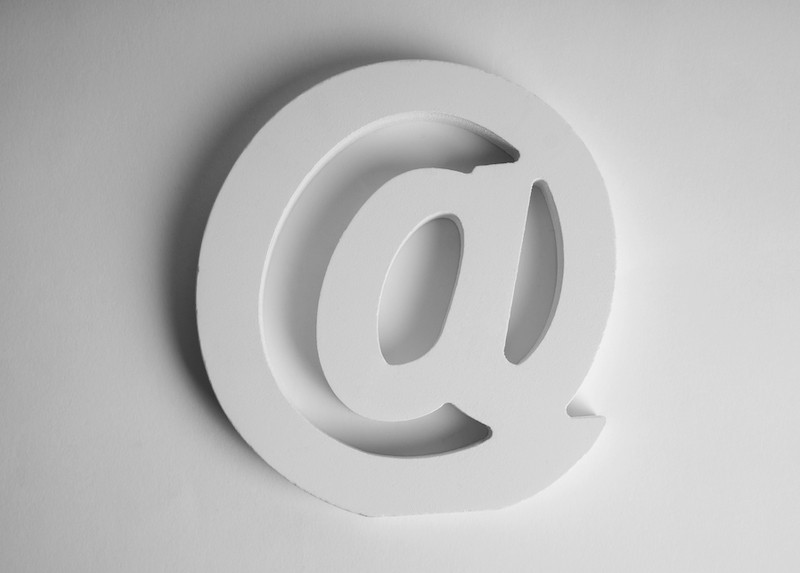You have crafted your email, created the perfect subject line, made your ideas clear, and edited for typos – only to be stumped on how to properly end it. Everyone has had moments where they are unsure of how to sign off an email in a way that matches their message. Ideally, you want to sound like a professional, respectful, and amicable individual.
How you end the email depends on who it is addressed to because one universal sign off will not work for everyone. Your tone will be different depending on if your message is to a boss, co-worker, or client depending on who is on your email list. In this article, we will list and describe the various ways you can end an email depending on the person and situation at hand.
Table of Contents
How to End an Email Professionally
Business emails require a delicate balance of professionalism and friendliness depending on the recipient. Since your closing sentences and salutations are the last thing someone reads, it leaves a lasting impression and influences how they will respond. If you do not include a closing, that will leave the recipient hanging. That is why questions and a call to action are so important. They instigate the receiver to answer accordingly, which leads to results. It also ensures that they reply because it gives them something to come back to and increases your response rate. The way you end your email is really about your relationship with the receiver and the context surrounding the message.
Ways to End an Email
If you are unsure how to end an email that you are sending, here are some excellent examples for various situations.
Formal Professionals
For a serious business conversation, you will want to end your email professionally. You should play it safe and keep it strictly on topic. It is appropriate to keep salutations brief and to the point with little emotion involved.
- “Best”: This is one of the most popular sign-offs because it is to the point and cheery while still keeping it professional.
- “Regards”: Although this is a generic and unassuming response, that is exactly the reason it works. You can sign off wishing the recipient well and leave it at that.
- “Sincerely”: Some might consider this ending outdated, but it works to convey a tone of seriousness when working on formal business discussions
- “Respectfully”: While communicating with someone in a senior position or high authority, this salutation is appropriate because it conveys courtesy and deference.
Casual Professionals
For slightly more casual conversations, perhaps with a coworker rather than your boss, these are some options.
- “Kind regards”: This is a step up from the standard regards, with a kick of friendliness and colloquialism.
- “Warmly”: It is dependent on how friendly you are with the receiver, but this ending denotes positivity and overall kindness, which is always appreciated.
- “Thank you”: This one is useful when you have requested something from the recipient and has a casual, easygoing tone.
- “Talk soon”: It strikes as informal which can be appropriate when communicating with a regular contact or friendly colleague.

Continuous Communication
These endings work well when you are communicating with someone about a project and anticipating future works. They are also effective when you want to continue the conversation and keep the receiver responding. You want to ensure that the communication flows and demonstrate your interest in keeping the conversation going with the ball being in their court.
- “Looking forward to a reply/connecting”: The purpose of this ending is that it signifies ongoing communication and expects a reply. When the term connecting is used, it is generally with those who are new to you and building a relationship with.
- “Excited to work with you on *blank*”: It is great to work with someone with enthusiasm and this sign-off indicates that. This statement is based on the premise of serious business communication in the present and future.
More Sign Offs
- “With gratitude”: This salutation is appropriate when the sender is asking for something from the receiver. It is friendly and signifies thoughtfulness.
- “Have a nice evening”: Only use this one when you are sending an email around nighttime. Overall, it is better used with those you are already familiar with and when the email communication is basically over.
- “Feel free to contact me if you have any questions”: This is a good one to use when you are delegating a task or project. This ending makes the sender look caring and invested in whatever the discussion is about.
- “Take care”: Some say for professional dealings this sign-off is too personal, but for work friends and close colleagues, it is a kind ending that denotes a sort of endearment.
Steer Clear of these Email Endings
There are a few endings that might work well with a friend or a family member, but not in a professional situation. Some of these are:
- “Love”: No matter how close you are with someone, using love in a business email just screams unprofessionalism. Use this ending when chatting with close friends and family rather than in a work environment.
- “Thx”: This comes off as a low-effort response and is grammatically incorrect, which is not appropriate for a business email. It is reminiscent of a middle school text conversation, which is not ideal for office work.
- “Sent from my iPhone”: This is an automatic signature whenever you send an email from an iPhone. When sending a business email, always make sure to delete it. Simply put, it looks lazy and lacks any personalization whatsoever.
![]()
Rules for Ending an Email
Now that you have a list of sign-offs to choose from, here are some good rules to follow when sending an email in a professional context. It is important to know the baselines of what is required of professional emails and communication so you best represent yourself and the company you work for.
Include a Closing
A closing makes the email more personal and summarizes the content of the message. It also is the ideal place for a call to action or questions for the receiver. Proper etiquette requires a formal closing and reassures the reader that they have gotten the complete e-mail. The reason this statement is so important is because it is the last thing that sticks in the recipient’s mind. Without a closing, an email can look jarring and incomplete, so it is necessary to include one.
Share Contact and Personal Details
It is standard practice to provide certain information about yourself so that the appropriate user can contact you if need be. These details include your full name, the company you work for, phone number, some social media (Linkedin), and your email. I know the last piece of information seems redundant because you know the receiver has your email, but it’s just common practice. Also ensure that you sign off with your full name rather than a nickname. Your close friends and family may know you by that name, but it could be confusing and off-putting to an unknown professional.
Double-Check Spelling and Typos
Make sure to read over your email multiple times so that you know it is error-free and correctly formatted. Spelling errors and incoherent sentences make you look unprofessional and incompetent. Proper spelling and grammar is a basic prerequisite for business emails because it signifies intention and how one approaches projects. Incorrect spelling and grammar gives the impression that you are someone who does not care enough to read over your emails. If you are working on a project with someone and they can not even make sure they are using correct spelling, then who wants to work with someone like that?

Evaluate Context and Relationship to Receiver
This part is key when choosing your closing message since it demonstrates the overall tone of the email. When speaking with a stranger or an authoritative business professional, you will want to communicate respect and cordiality. It is different from talking with a friend or close colleague where you can insert jokes and be more nonchalant. A good rule of thumb to follow over email is to remain polite and warm, without being too forthcoming or stand-offish. It requires a balancing act and consideration of the words you choose.
Change Your Sign-Offs and Personalize Endings
If your closing statements all end with the same generic sign-off, then it looks like you lack effort and are uninterested. Interchanging sign-offs is an easy way to add variety to your email and incorporate personalized messages. They are also an effective method to include a call to action for meaningful change. Doing these things makes you look thoughtful and considerate. It indicates that you took the time to think about the receiver and overall context. If you use the receiver’s name when closing out your email, it helps to build familiarity and trust.
Insert a Call to Action or a Question
Speaking of calls to action and questions, they are one of the best ways to end an email. Since closing sentences are the last thing your recipient reads, a call to action works as the takeaway message and it works with email marketing. These business emails are not just for idle chit-chat but a step to generate results which is why a call to action is important. It gives the receiver something tangible to respond with and the next steps on how to proceed. Here are some ways leads are effective. The importance of a call to action is that it increases replies and makes you look like an effective, results-driven individual.
FAQ:
- What type of sign-off should I use with my boss?
- What kind of contact information should I end my email with?
- Why are closings important in emails?
- What are the best sign-offs for coworkers?
- What sign-offs should I avoid in emails?



Contact Us Today!